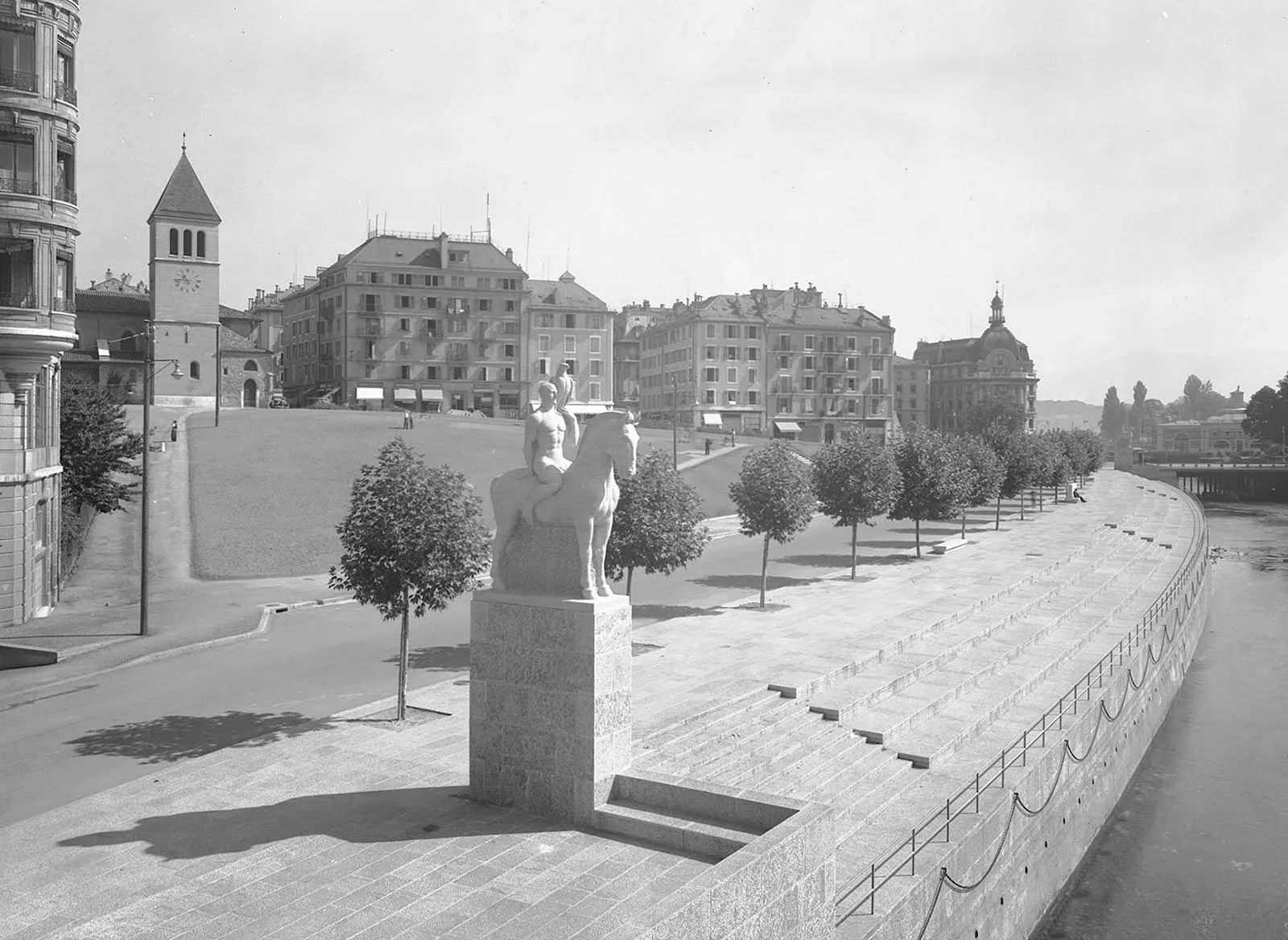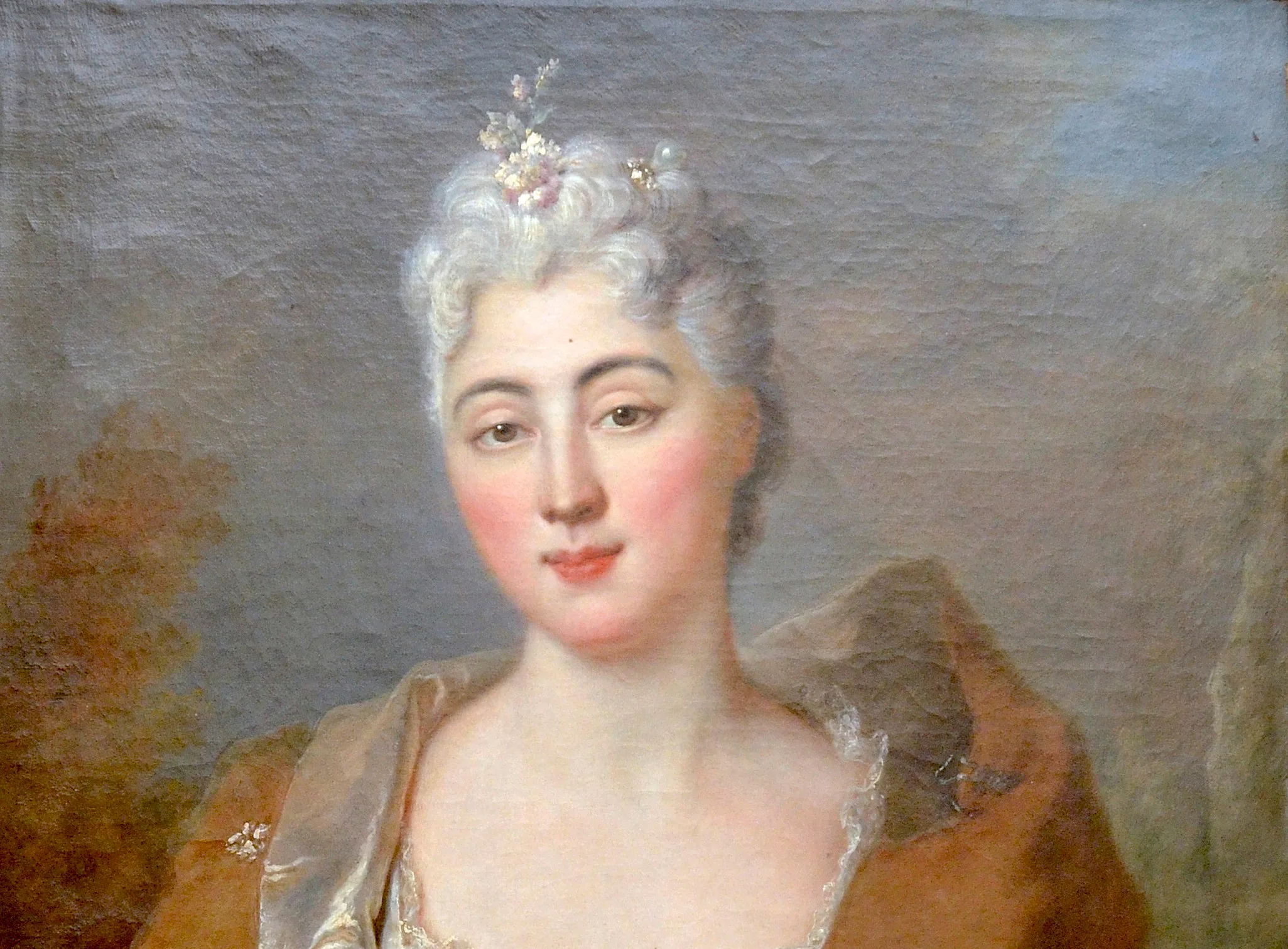
Guglielmo Tell
When it comes to William Tell, the general consensus seems to be that he is a symbol of Switzerland’s patriotic national history. But a small monument in Ticino raises some questions.
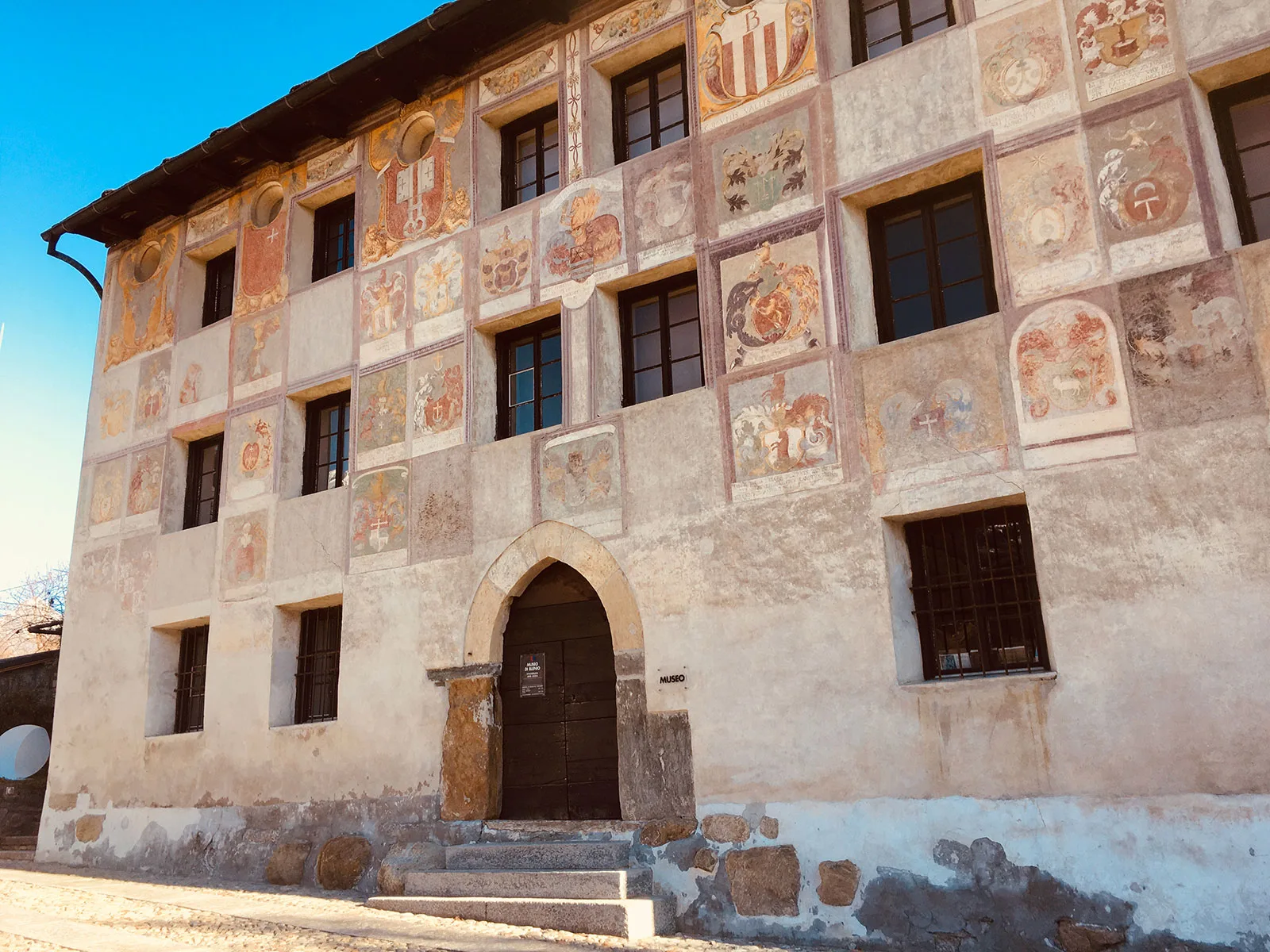
First possible interpretation: Tell as an expression of national identity and patriotism
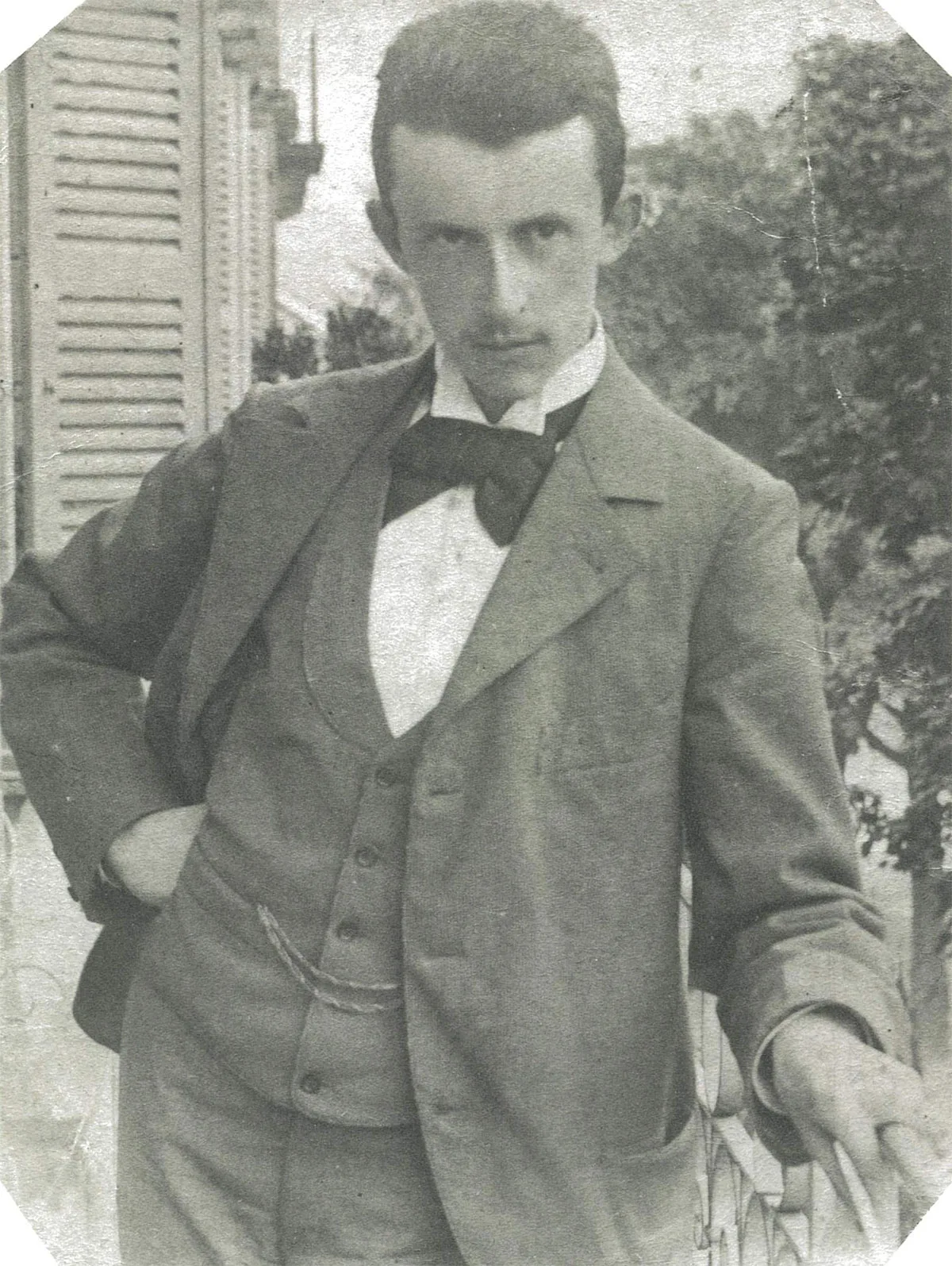
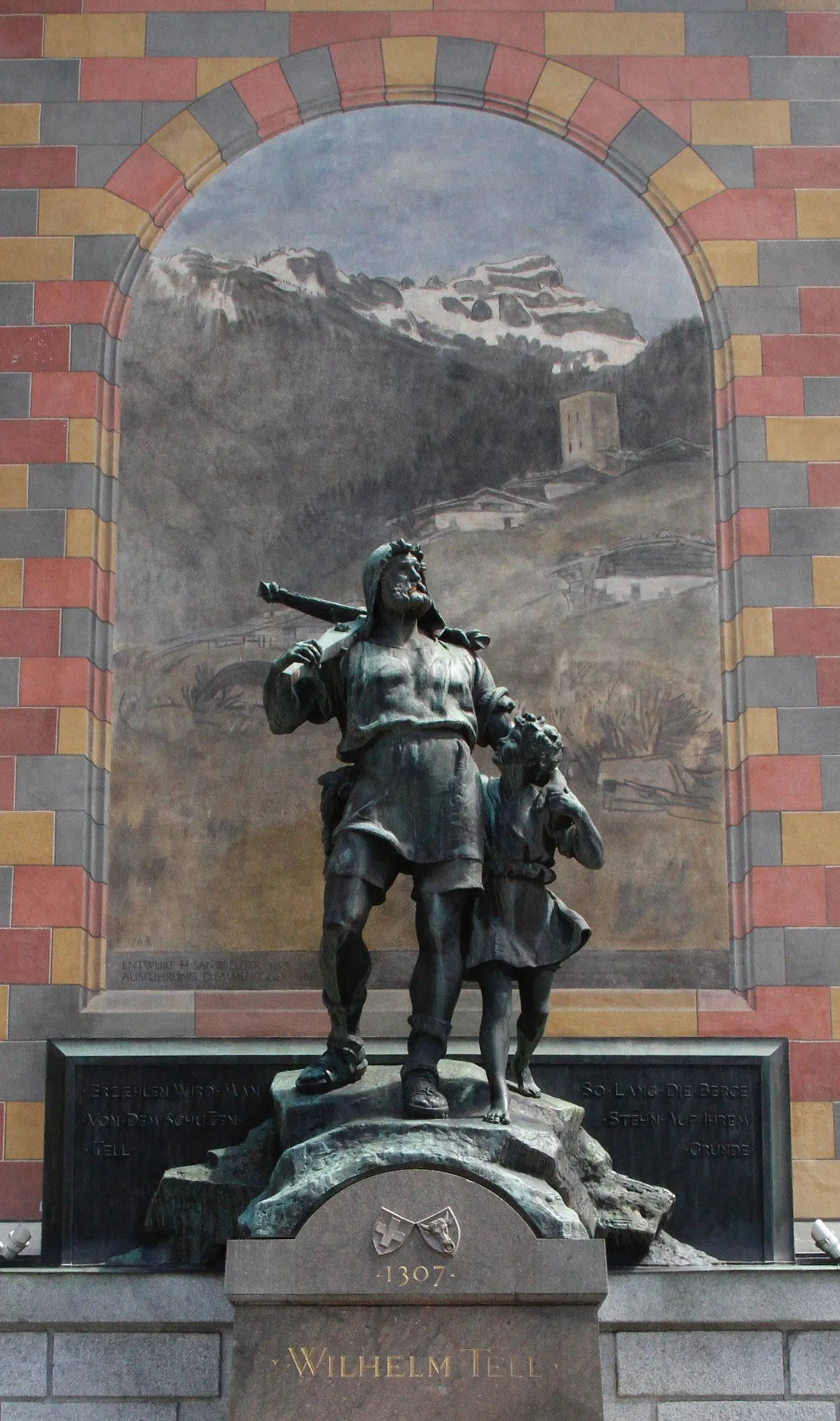

Second possible interpretation: Tell as an international symbol of national independence



